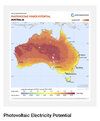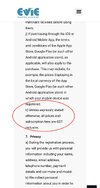- Joined
- 8 June 2008
- Posts
- 13,751
- Reactions
- 20,540
There not much reliability in putting more energy/money than you get backbetter by a ton of coal and pile it upMight be more reliable than Russian gas supply though.
Oil lpg as well but harder to store
Wind is much better in these areas, and obviously hydro which is not yet at 100% coverage
The Southern part of France is another story and there are even solar farm plans over the Mediterranean sea which technically/economically make sense.
Strategically is another matter...
The US might decide to blow the cable next if the EU is not economically gone by then, unless it is Islamic State... confusion in that area,..ask Syrians...
Anyway crazy idea but perfect woke decision








